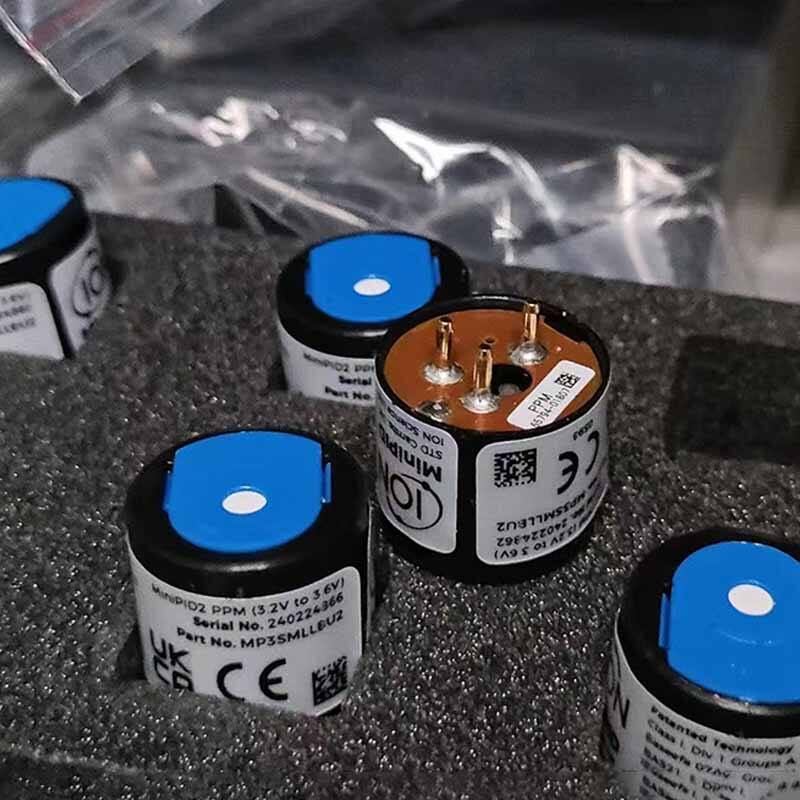Gas sensors are sensing devices that detect the presence of specific gases within a certain range or continuously measure gas components. Gas sensors are widely used and can be used to monitor pollution in industrial and living environments.
Gas sensors are widely used in coal mines, chemical industry, agriculture, municipal administration, medical and other fields that require protection. It can be used to detect flammable, combustible, and toxic gases, or monitor oxygen consumption. In some power companies and manufacturing industries, gas sensors can also be used to quantitatively detect the concentration of various components in flue gas to determine the emission and combustion of harmful gases.
The sensitivity of a gas sensor refers to the ratio of the change in the sensor output to the change in the measured value.
Corrosion resistance: The corrosion resistance of a gas sensor refers to the ability of the sensor to withstand exposure to a high volume fraction of the target gas. If a large amount of toxic gas is suddenly released, the monitoring probe of the sensor may be corroded. In this case, the operating error of the sensor when it returns to normal working state should be as low as possible. Normally, the sensor probe should be able to withstand 20 times the normal exposure amount of gas, and under normal working conditions, the sensor drift and positive correction value should be as small as possible.
Gas sensors can be divided into different types according to different detection standards.
Detection gas types: combustible gas sensors, toxic gas sensors, harmful gas sensors, etc.
Installation and use methods, they can also be divided into portable sensors and fixed sensors.
Gas monitoring collection methods: diffusion sensors, inhalation sensors.
Gas sensors according to detection principles: thermal sensors, electrochemical sensors, magnetic sensors, optical sensors, semiconductor gas sensors, gas chromatography sensors, etc.

Including methane, hydrogen sulfide, carbon monoxide, carbon dioxide, etc. These gases cause harm to internal organs through the respiratory system, inhibit the oxygen exchange capacity of tissues or cells, and cause tissue hypoxia and suffocation poisoning, so they are also called asphyxiating gases.
Such as chlorine, ozone, chlorine dioxide, etc. After leakage, they will corrode the human respiratory system and cause poisoning.
When flammable and explosive gases are mixed with air to a certain proportion, they will cause combustion or even explosion when exposed to open flames, causing harm.
If you are also interested in Gas Sensors, or have a purchase demand, please contact us for the best quote! SKZ Tester is committed to providing high-quality testers, and its products have obtained multiple international certifications. Please feel free to contact us!